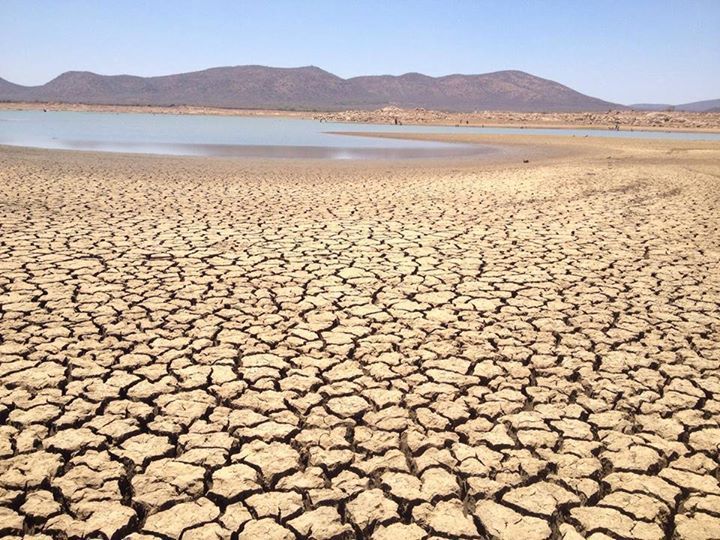WB Loans Botswana $145.5m for Emergency Water Projects
Published on by Water Network Research, Official research team of The Water Network in Government
The World Bank has given Botswana a $145.5 million loan to build water projects after it suffered a severe El Nino-induced drought in the past two years, Finance Minister Kenneth Matambo said.

Drought in Botswana
In 2015, overall dam levels in the semi-arid southern African nation fell below 20 percent of their design capacity during the country's worst drought in more than three decades, and ground water sources dried up or became saline.
In a statement issued a day after the agreement was signed, Matambo said the loan would partly finance the Botswana emergency water security and efficiency project estimated at $160 million.
The remaining $14.5 million will be contributed by Botswana from domestic resources, he said.
In addition to mitigating drought impacts, the project will include waste water treatment and prevent pollution of vital downstream water resources, said Matambo.
Read more: Reuters Africa
Media
Taxonomy
- Water Rights
- Water Security
- Water Access
- Water Supply
- Drought
- Empowerment & Right To Water
- Water Security
- Water Supply
1 Comment
-
The WB is moving swiftly to provide solution to critical water crisis aimed at alleviating water stress across the globe and especially the poor third world countries in Africa and East Asia. The challenges will remain on the local experts to identify projects that will provide lasting solutions to the problems. I say this because, while it may seem genuine that the project designs go into solving the problems, the world bank my not have the best way to implement the activities leave alone the local rates. Infrastructure projects are visible and according to the WB must consume 70% of the project expenditures. Sometimes the costs are inflated that one infrastructure project may in actual sense generate two similar outputs. Consultancy rates may be astronomical but you may still meet approvals of the bank. In this respect, the bank must not only provide these loans because it has the money to give out in loans but ensure that project costs provide much needed out puts, For the borrowing countries, this an opportunity to look into climate adaptations resilient to climate impacts on water resources.